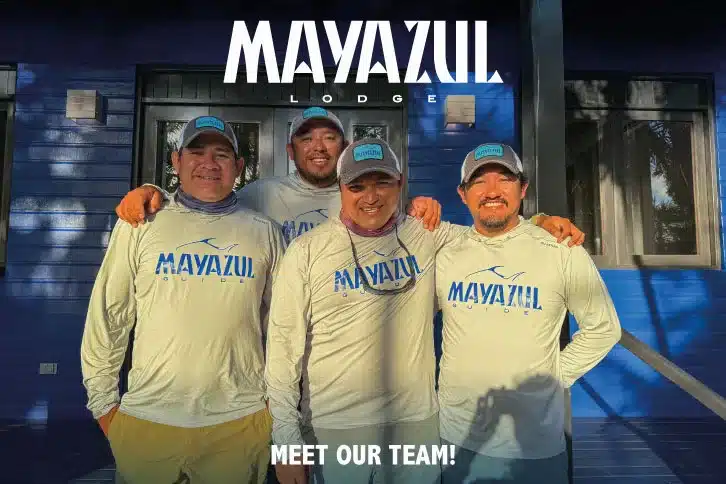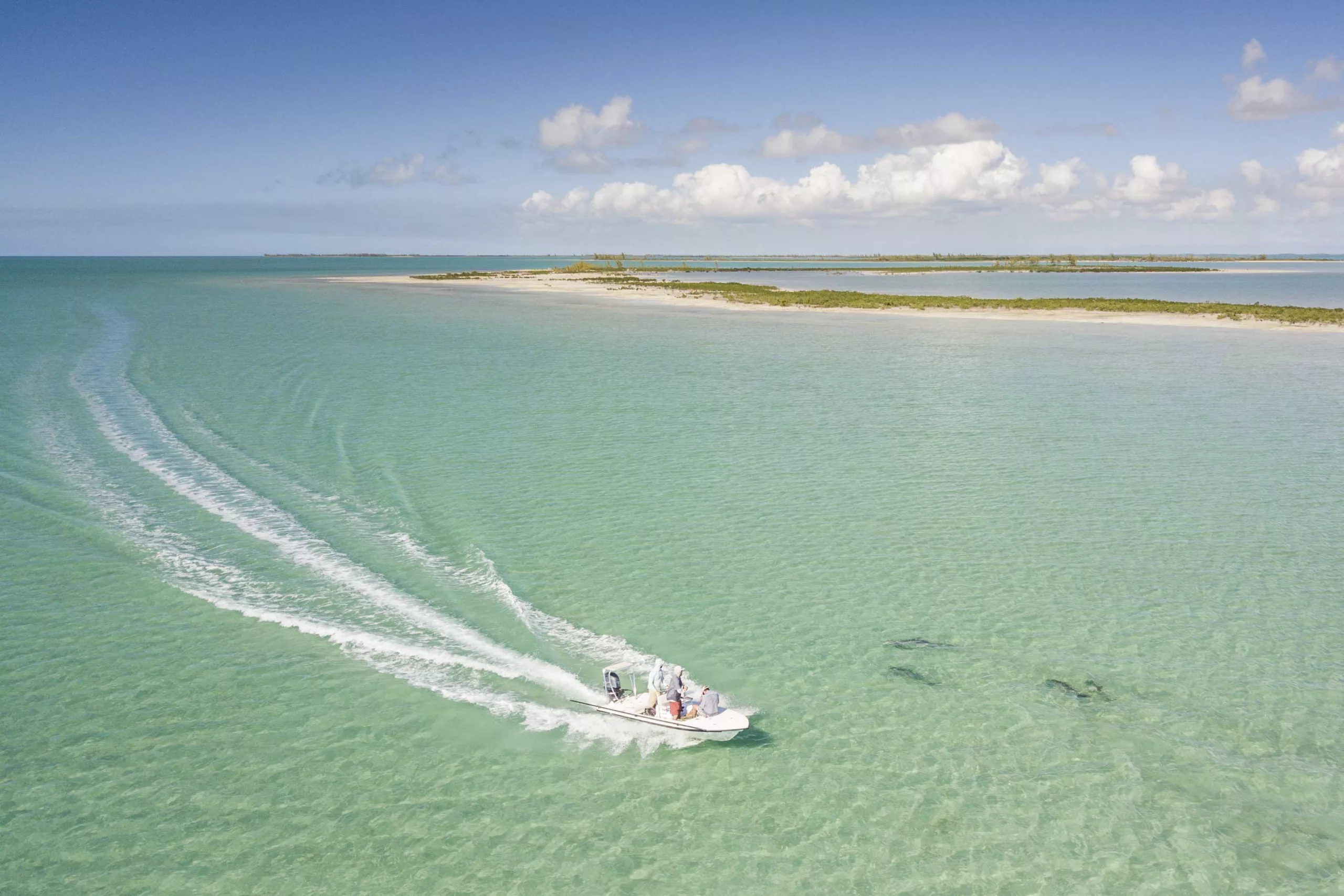By Bio. Miguel Casalinuovo.
Tech. Carlos Luizón began studying salmonids in the Rio Grande system in 2006. He described the basic biology of trout in his thesis with the help of Dr. Miguel Pascual, of GESA. Around the same time, the University of Montana, in conjunction with Dr. Jack Stanford, conducted the first environmental analysis of the fishery. These researchers and the data they collected have helped shape current fish management strategies on the Rio Grande.
Since 2009, the Río Grande’s Sea Run Brown Trout (ST) fishery explotation model has been the subject of review. The goal is to maintain the quality and health of the fishery and to build a scientific-based program for future fisheries management. The current use is based on ST mortality control via catch and release regulations and restricted rod capacity in the Argentine section of the river. Tierra del Fuego residents and non resident anglers have a limited number of rods in the system, and the regulations ban catch-and-kill practices from December to the end of season (April). Furthermore, the Government together with the private operators of fishing lodges and other resource users are working to establish regulations that conserve and/or improve the resource. These studies are essential to establishing fisheries optimization programs—some sponsored jointly by private businesses and local government agencies.
In December 2010, a workshop was held in Rio Grade City as part of the review process to establish the best practices in the river. It included all stakeholders and primary river users. The meetings encouraged discussion on the development and benefits of an integrated management plan for recreational fishing in the Rio Grande by the Study Group on Anadromous Salmonids (GESA, CENPAT-CONICET) at the request of the Province. A platform was developed to analyze fishery management options, to simulate the evolution of the fishery at different levels of fishing pressure, and to study the implications of new fisheries regulations. It was based on an individual growth model that explores the evolution of the ST population and the quality of fishing when subjected to a specific fishing pressure (level of fishing mortality and size regulations).
The biological components that were used to construct this platform are based on size and age structures, as well as the analysis of individual fish growth. Capture scenarios were based on the current use of the fishery as a starting point to analyze management alternatives. The current state of the fishery refers specifically to the total number of fish caught per season in the system and the number of fish killed as a result of fishing activity, whether for direct kill (legal fishing or poaching) or post-release mortality associated with catch and release (C&R)
In the same workshop, sources of uncertainty stemming from limited existing information were also discussed. This type of proposed fisheries management is new in the country, and there is a lack of robust data for some of the variables that feed the models. Thus, these uncertainties must be considered as one of several benchmarks to improve the predictive model. Three major sources of uncertainty that affected results were: a) The size of the run, b) Mortality associated with catch in the entire system (coastal nets, poaching, public zone), and c) Mortality associated with C&R carried out mainly by private operators.
As a result, since 2012, complementary studies headed by fisheries biologist Miguel Casalinuovo have been designed to more accurately estimate the parameters needed to feed the general model. These studies are ongoing, and include: estimating post-release mortality, determining ST run size, and assessing fish movement using radio-telemetry. Results of these studies will be posted soon.


